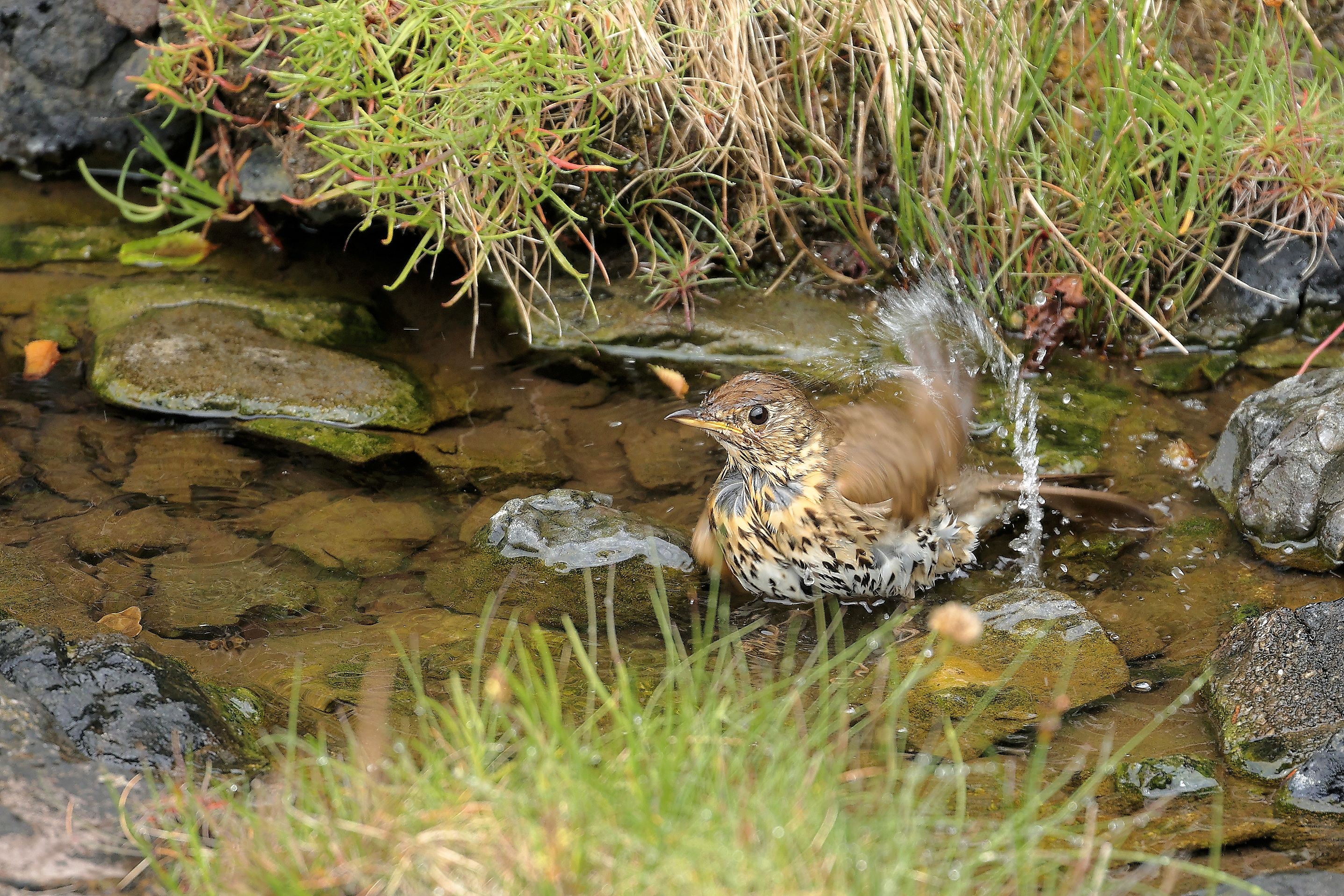Yorkshire urged to save water to help wildlife thrive

6/17/2025
Yorkshire Water is joining forces with Yorkshire Wildlife Trust to encourage gardeners to save water and help wildlife thrive during dry weather.
While the rainfall over recent weeks has helped gardens recover and will help trees and plants, soils were very dry and soaked up a lot of rain, holding the water and not allowing it to flow to rivers or groundwater or to top up reservoirs, all of which are vital ecosystems where nature thrives.
With warmer and drier weather forecast, it is important people take steps to use water wisely and save water where possible.
There’s so much we can do to prepare our gardens for drier conditions. The easiest way is to collect rainwater throughout the year – both in barrels or water butts - which can be used to water gardens and top up ponds. You can even make your own DIY mini rain catcher to collect rainwater. You can also save fresh water by popping a bucket in your shower or kitchen sink to collect the cold water while you wait for it to warm up.
With the water you collect, you can add some wildlife friendly water features to your garden:
- Puddling station – create a puddling station or a ‘bee bath’ using a shallow dish filled with pebbles and a small amount of water to ensure butterflies and bees can land safely and get the water that they need.
- Bird bath – add a shallow bird bath near a shrub or tree so they can approach from a place of safety to have a drink and bathe.
- Mini pond – follow this guide to create a mini pond in your garden and attract even more wildlife. A pond is one of the best things you can add to your garden to provide a wet habitat through a dry period.
*Ensure any water source is shallow with gradual and rough-textured edges, so that anything that climbs in can get out again.
Rachael Bice, CEO at Yorkshire Wildlife Trust said: “We need to learn to adapt to a changing climate which is the cause of more frequent and intense extreme weather events, like the drought conditions we’ve recently experienced. A 1.5 degree in temperature increase is now inevitable and we are concerned at how this will affect not just our resources and infrastructure but our wild spaces as they become more risk from drought, fire and flooding.
“There’s lots we can do though, simple changes in our gardens and at home, to continue to have attractive but resilient green spaces on our doorstep and enjoy the wildlife we welcome and share these spaces with.
“Our gardens offer a network for nature across our towns and cities to the wider countryside providing an incredible refuge for wildlife. Here birds, butterflies, bees and sadly declining hedgehogs can be safe, especially where there’s dishes of water or a pond, shady places, and somewhere to nest and feed. Spaces that haven’t been overly manicured and are free from polluting and harmful chemicals are best.”
Yorkshire Wildlife Trust advises reducing bare earth in the garden to help the resilience of gardens in drought. It suggests adding plants that are suited to drier conditions - like lavender, thyme, and verbena, all of which are fantastic for bees and butterflies and provide some shade and shelter. It also suggests that leaving lawns to grow longer in spring will help them deal with the hot weather, with the added bonus of providing a home for bugs, beetles and moths – which, in turn, feed birds, bats and hedgehogs.
Andy Shaw, head of water production at Yorkshire Water, said: “We're continuing to urge customers to save water where possible and teaming up with Yorkshire Wildlife Trust to encourage people to consider their water usage for the wildlife that enjoy our wetland habitats and gardens.
“During warm weather when there is less rainfall, but more water is being used, saving water in our homes and gardens is more important than ever. Not only for our reservoirs, but it also keeps rivers and wetland habitats topped up for wildlife. By taking small steps to conserve and collect water in homes and gardens, we can share the supply and help wildlife thrive in our gardens.”
